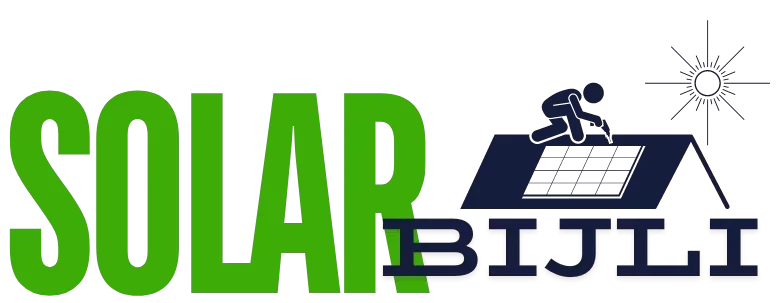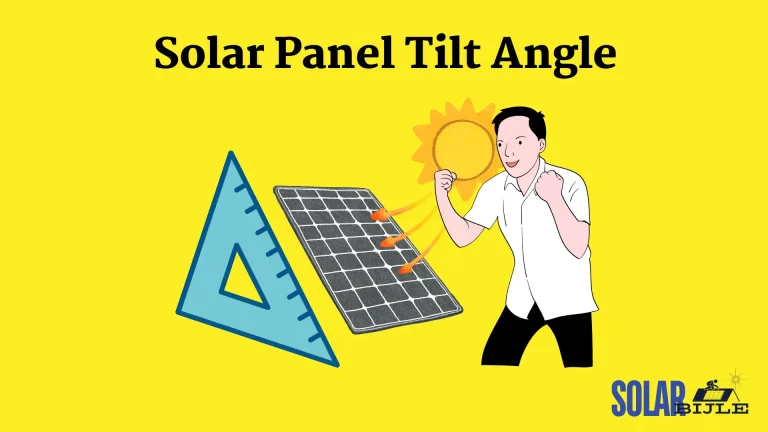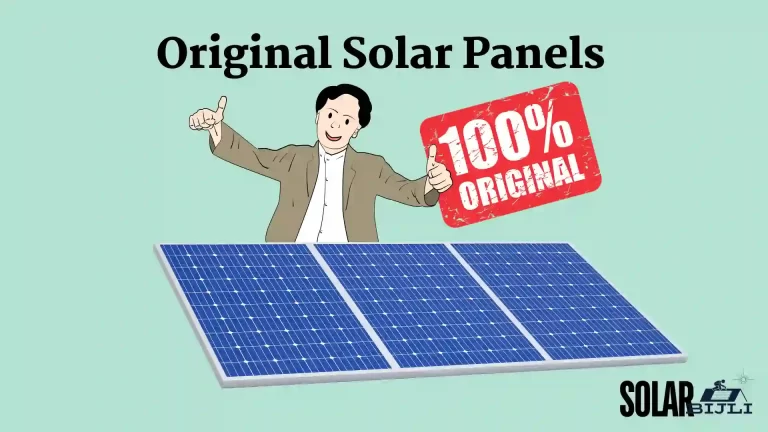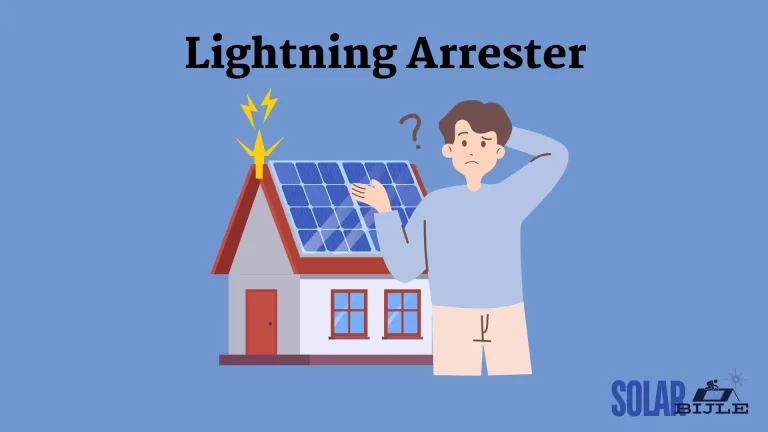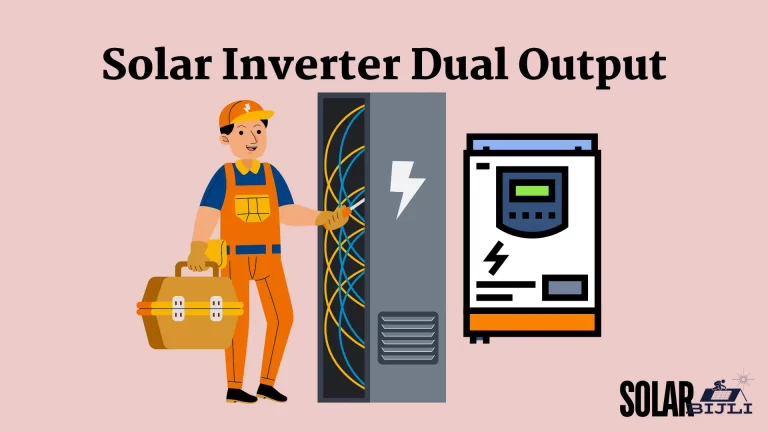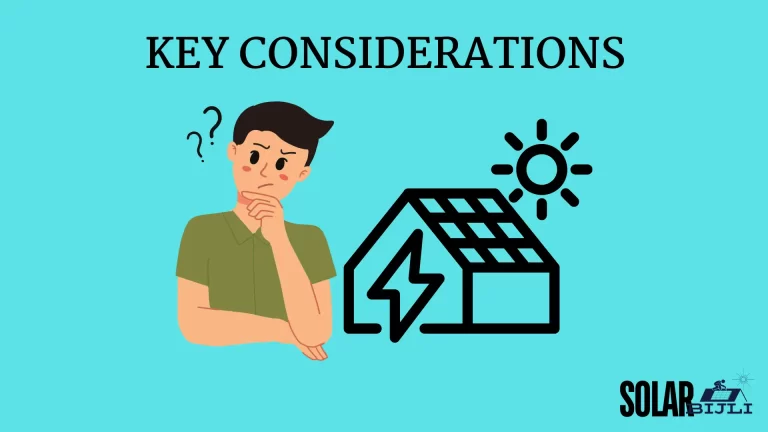Solar panels installation is a onetime measure. Either you can do it perfectly with your personal interest or you can leave it to contractors and wait for a disaster to happen. Installation of solar panels on roof includes selection of right mounting structures, using right wiring till your inverter, junction box and related issues.
Installation of Solar Panel Structure on Rooftop
Safe installation of solar plates is very important. One storm can bring your complete investment to zero. So read this article carefully and select your structure.
L1 Mounts:
Description: Lightweight mounts suitable for small-scale solar panel installations. One mount will accommodate one panel only.
Usage: Best for installations where only 1 or 2 plates are required.
Issues and Solutions:
Issue: Limited number of plates and load-bearing capacity.
Solution: Ensure the rooftop is structurally sound and reinforce if necessary.
L2 Mounts:
Description: Medium-weight mounts used for moderate-scale installations. One mount will accommodate 2 plates of 560 watts and above.
Usage: Ideal for residential or small commercial installations.
Issues and Solutions:
Issue: Limited number of plates and load-bearing capacity.
Solution: Ensure the rooftop is structurally sound and reinforce if necessary.
L3 Mounts:
Description: Heavy-duty mounts designed for large-scale solar panel setups. One mount and accommodate 3 solar plates of 560 watts and above.
Usage: Suitable for large commercial or industrial installations.
Issues and Solutions:
Issue: High wind load can affect stability.
Solution: Use wind-resistant designs and additional anchoring.
Raised Structure of Girder:
This structure is normally used where more than 10 KWA system is installed. It is very hard structure made of steel girders which are welded with roof floor reinforcement structure. A proper steel frame is made with welding to install solar plates over it.
Technique of Fixing
Drilling:
Drill 5-inch holes into the concrete base to accommodate the structure.
Tip: Use a hammer drill with a masonry bit for efficient drilling.
Epoxy Injection:
Inject epoxy into the drilled holes to ensure a strong bond between the bolts and the concrete.
Epoxy will also ensure safety against leakage seepage of water.
Tip: Use a high-strength epoxy specifically designed for concrete bonding.
Router Bolt:
Insert and secure router bolts into the epoxy-filled holes to anchor the structure.
Tip: Ensure bolts are stainless steel to prevent rust.
Welding and Painting:
Weld the Girder structure in place and paint it to prevent rusting.
Tip: Use a rust-resistant primer before painting.
Safety Features:
Epoxy Use: Ensure epoxy is used in every drilled hole to prevent structural weakness and avoid future leakage seepage.
Supervision: Supervise the installation process to ensure proper welding and avoid shortcuts.
Painting: Paint all welded parts to prevent rust and maintain structural integrity.
Cleaning and Maintenance of Raised Structure Solar Plates
After 2 weeks you must wash your panels with detergent to make it clean.
Due to high raised structure, cleaning from roof floor is not possible. When making the structure must prep a walking bridge between panels for easy cleaning and washing of panels.
If affordable, install auto water sprinklers with solar plates. They are extra cost, but very useful and efficient.
C-Type Galvanized Mounting
It’s a type of frame which is used to fix solar panels with rest of the structure. It’s an adjustable railing on which plates of all sizes are fixed with the help of bolts. These mountings are than welded or bolted with the iron girders.
- Installation:
- Use galvanized C-channels to mount the panels as they are rust-resistant and provide a strong support structure.
- Ensure proper alignment and secure mounting of panels on the C-channels using appropriate fasteners.
- Tip: Double-check the alignment to maximize solar exposure.
- Issues and Solutions:
- Issue: Improper alignment can reduce efficiency.
- Solution: Use a solar pathfinder or similar tool to ensure optimal placement.
- Issue: Potential for rust in areas with high humidity.
- Solution: Regular maintenance and reapplication of rust-resistant coatings.
All about Wiring of Solar Panels- From panels to Inverter
After installation of solar panels on roof top, next most important step is the wiring. You need to have good and right layout of wiring. Remember, solar system installation is a onetime measure. Do it properly once, and you will not have any problem afterwards.
Types of Wires
There are two main types of wire being used.
Tin-Coated DC Wire
Pros: These wires reduced conversion losses, they are heat-resistant, and durable.
Cons: They are slightly more expensive than standard wires.
Usage: Ideal for areas with high temperatures like central and southern Punjab and for long-term reliability.
Issues and Solutions:
Issue: Higher initial cost.
Solution: They are comparatively expensive but keeping the long-term investment viz-a-viz maintenance and efficiency, it’s a good buy.
Double PVC Wire
These wires are commonly used in homes and smaller systems. They are available in reasonable prices. They are strong, conductive and reliable.
Pros: Enhanced insulation, long-lasting, and suitable for outdoor conditions.
Cons: Requires careful installation to avoid damage. Direct hit with sharp edge will damage the wire.
Usage: Commonly used in residential installations.
Issues and Solutions:
Issue: Vulnerable to physical damage.
Solution: Use conduit or protective casing for added protection.
Wiring Process
Correct measuring will save u lot of money. Wires are sold on per foot rate. Thus only 4 feet wrongly calculated wire will cost you thousand Rs. Always measure the distance correctly and where applicable, drill a hole in wall to reduce distance.
Measure and Cut Wires
Measure the distance from the solar panels to the inverter and cut the wires accordingly.
Tip: Add a little extra length to allow for adjustments.
Connect Wires to Panels:
Use only MC4 connectors to attach the wires to the solar panels. Never use solution tapes and joints in wires.
Tip: Ensure connectors are tightly secured and waterproofed.
Run Wires to Inverter:
Route the wires through a protective conduit to the inverter location.
Use PVC pipes to conceal wires. It will make them safe from heat and adverse weather conditions.
Tip: Avoid sharp bends to prevent wire damage.
Connect to Inverter:
Connect the wires to the inverter, ensuring correct polarity.
Tip: Double-check connections to prevent reverse polarity issues.
DC/AC Circuit Breakers
You must not think of buying cheap Circuit Breakers or Change over Switch. Separate circuit breakers for heavy and light loads with dual output inverters.
Your junction box should be of very high quality.
Safety Measures for Wiring :
High-Quality Wires: Use only high-quality, heat-resistant wires to prevent insulation melting.
Proper Insulation: Ensure all connections are properly insulated to prevent electrical hazards.
Regular Inspections: Regularly inspect and maintain the wiring to ensure continued safety and efficiency.
Additional Considerations
Inverter Placement:
Location: Place the inverter in a cool, shaded, and well-ventilated area to ensure optimal performance.
Mounting: Securely mount the inverter to a wall or dedicated support structure to prevent vibration and potential damage.
Maintenance Tips:
- Regular Cleaning: Clean solar panels regularly to remove dust and debris that can reduce efficiency.
- Washing Panels: U must wash your solar panels after 2 weeks or depending upon your area. More dust area more frequent washing.
- Inspection: Periodically inspect the mounting structure and wiring for signs of wear or damage.
